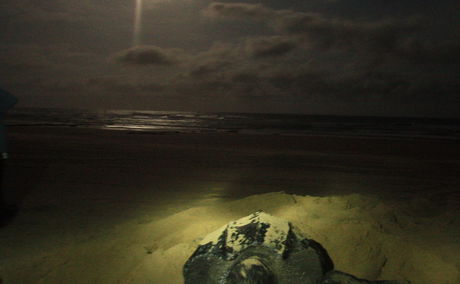As a pro-active step to deter poachers from targeting rhino in the World Heritage Site, the iSimangaliso Wetland Park Authority and Ezemvelo KZN Wildlife (EKZNW) recently implemented a rhino de-horning programme throughout the Western Shores section of the Park. This is reflective of the Park’s commitment to put rhinos and their safety first,
iSimangaliso Wetland Park- our jewel
The iSimangaliso Wetland Park was listed as South Africa’s first World Heritage Site in December 1999 in recognition of its superlative natural beauty and unique global values.
The 332 000 hectare Park contains three major lake systems, eight interlinking ecosystems, 700 year old fishing traditions, most of South Africa’s remaining swamp forests, Africa’s largest estuarine system, 526 bird species and 25 000 year-old coastal dunes – among the highest in the world. The name iSimangaliso means miracle and wonder, which aptly describes this unique place.
Come and experience the diverse experiences in the 10 jewels that make up the iSimangaliso Wetland Park. Enjoy the endless beaches that stretch 220 kilometers from Maphelane in the south to Kosi Bay on the Mozambique border, view game on self-guided or guided trails and routes on the foothills of the Lubombo mountains in uMkhuze or in the coastal forests and rolling grasslands of Lake St Lucia’s Eastern Shores. See the spectacular coral reefs and colourful underwater life whilst diving or snorkeling or embark on adventures ranging from kayak trips to horse rides.
Further Reading
In a powerful recognition of his role in conservation and sustainable development, Andrew Zaloumis has been named the winner of the WWF SA Living Planet 2015 Award.
November in iSimangaliso Wetland Park heralds the beginning of one of the most special and awe-inspiring miracles of this world heritage site – the nesting of endangered turtles on the 220km golden shoreline. Annually, between the months of November and March, leatherback and loggerhead turtles haul their massive bodies out of the Indian Ocean and up to the base of the dunes, to lay their eggs.




Share This Post